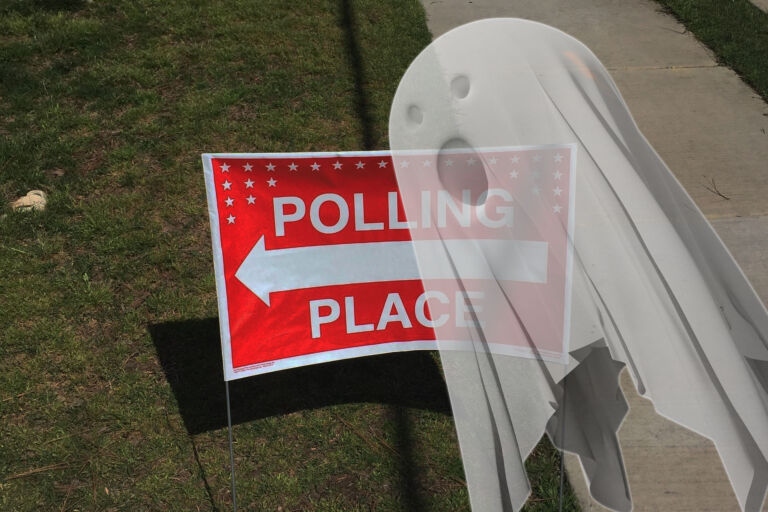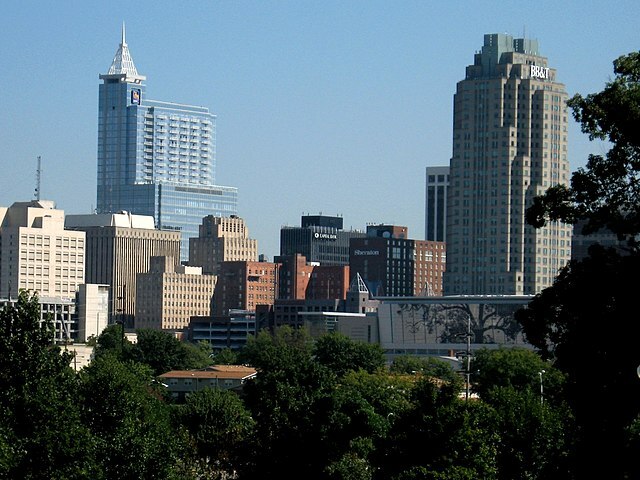This week, the Senate budget was released. There are plenty of other provisions inserted into the budget bill that affects cities and counties, but those are mostly related to public education and health and human services.
On the other hand, there are two sections related directly to local government: Sections 15.8 and 15.9, “Revitalization and Economic Development Grants” and “Main Street Solutions Fund Allocations,” respectively. These two sections are a collection of small grants mostly for “downtown revitalization.”
| Revitalization and Economic Development Grants, Rural Economic Development Division | Downtown Revitalization | Town of Bath | $200,000 |
| Town of Emerald Isle | $100,000 | ||
| Town of Haw River | $100,000 | ||
| Town of Walnut Cove | $90,000 | ||
| City of King | $90,000 | ||
| Town of Liberty | $70,000 | ||
| Town of Gibsonville | $60,000 | ||
| Town of Ramseur | $60,000 | ||
| City of Burlington | $50,000 | ||
| City of Graham | $50,000 | ||
| Town of Maysville | $40,000 | ||
| Town of Trenton | $20,000 | ||
| Town of Pollocksville | $20,000 | ||
| Downtown Building Rehabilitation | Washington Harbor District Alliance | $100,000 | |
| UMO Agriculture | Town of Mount Olive | $180,000 | |
| Textile Heritage Museum | Glencoe | $30,000 | |
| Design Factory Project | City of High Point | $1,500,000 | |
| Total Revitalization and Economic Development Grants | $2,760,000 | ||
| Main Street Solutions | Downtown Revitalization | Town of Pembroke | $100,000 |
| City of Lumberton | $100,000 | ||
| Repair of Riverwalk | City of Lumberton | $150,000 | |
| TOTAL Main Street Solutions | $350,000 | ||
I question whether these grants are the best use of taxpayer money.
Let’s start with that Design Factory Project in High Point. What I like about it is that it’s a matching grant. In order to receive the funds, High Point has to raise $1.5 million in private funds for the project. The state will then match those dollars. Matching grants have the advantage of requiring cities to demonstrate at least some demand, which keeps them from so quickly throwing money at projects that no one actually wants. However, I also have some questions about it. This Design Factory would be a “makerspace for entrepreneurs, designers, manufacturers, and artisans to collaborate and work together.” Aren’t already spaces that could be used for this purpose? If not, is there really no way to fund this sort of thing privately? Is this the right priority for scarce taxpayer dollars? And then there’s the fact that High Point is the ninth largest city in the state with a population of around 110,000. Why are they getting a grant from the Rural Economic Development Division of the Department of Commerce?
Or what about the proposed project in Washington? The $100,000 grant is for “rehabilitating a historic downtown building to be used for a permanent farmers and artisans market.” Personally, I love going to these sorts of farmers and artisans markets and many others do too. That is why I suspect there are ways that this project could be funded privately, rather than with taxpayer money. Should taxpayers across the whole state be paying for a farmers market in Washington?
The budget does not provide much detail about the grants, but they do raise for me a general question about whether this is the right approach. This is twenty small grants totaling about $3.1 million. It’s a tiny blip in the context of a $22.9 billion state budget, which is why I expect most of these will all go through unquestioned. But should the state legislature really be making these kinds of small grants to individual towns in this way? They may all be great projects, but it seems to be an arbitrary and potentially wasteful use of taxpayer dollars.


